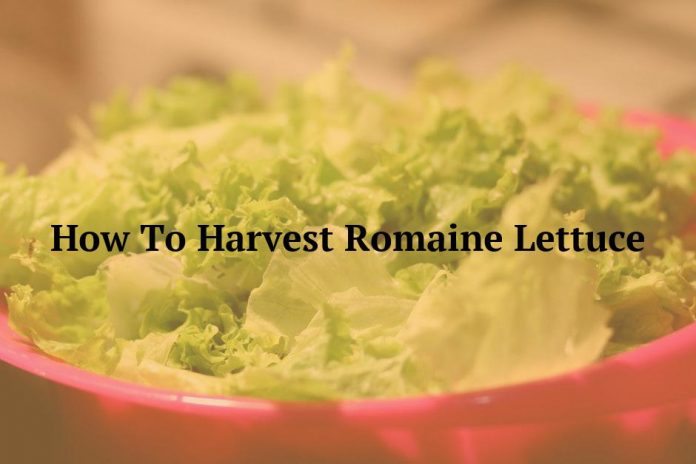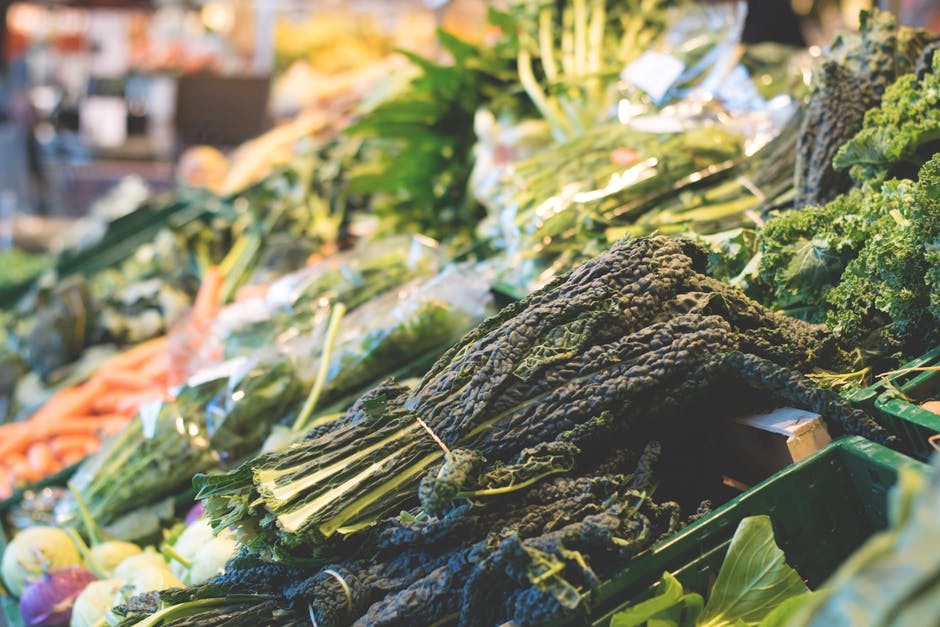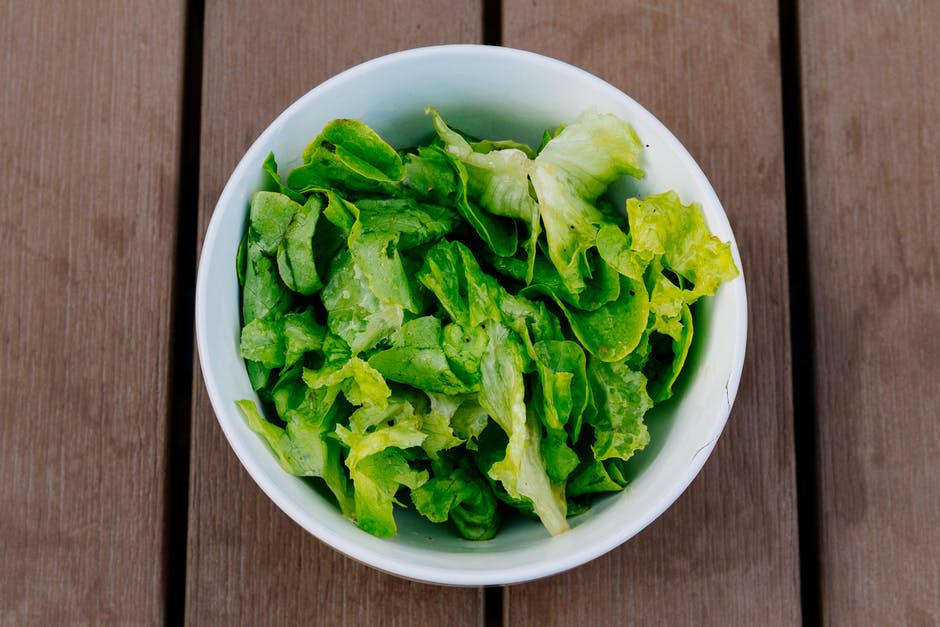
Knowing when and how to harvest lettuce can help maximize garden space. This trick lets you enjoy salad for weeks instead of one meal.
How do you harvest romaine so it keeps growing?
If you don’t know how to harvest Parris Island romaine lettuce, you risk damaging the plant. The leaves in the center of the plant can continue to grow if you remove the outer leaves. Depending on how much lettuce you want, you could dig up the whole plant or cut the plant about an inch above the ground.
Will romaine lettuce regrow after cutting?
When leaves are cut or removed from the main stem, lettuce will grow again. If the root is intact in the ground and there are at least 1-2 inches of stem and leaves at the base, lettuce will grow quickly.
How do you know when your romaine lettuce is ready to harvest?
romaine lettuce usually takes three months to fully mature, when grown from seeds. When your lettuce is dark green and the leaves are open, it’s mature. It’s best to harvest Romaine lettuce when it’s full, but before it’s mature. The leaves taste better when they’re still young and tender.
How do you harvest romaine lettuce for regrowth?
The romaine heads should be cut just above the soil line and below the leaves. The plant may be able to grow more lettuce by cutting the romaine. You can dig up the entire lettuce plant if you don’t want to grow a second crop.

Do you tie up romaine lettuce?
Most gardeners grow lettuce as an annual, cool-weather crop, even though it’s considered a perennial in the U.S. Department of Agriculture. Not all of the types of lettuce form heads. You shouldn’t have to tie the lettuce as it grows for the ones that do.
Why is my romaine lettuce so tall?
Explanation: Lettuce plants that suddenly start stretching toward the sky are likely to bolt. In the bolting stage, a plant stops producing foliage and starts to focus on reproduction, sending out a flower stalk that will dry to release seeds. The flower stalks draw energy from the lettuce leaves, making them bitter and reducing the quality of the plant. The leaves of the bolted lettuce are not poisonous.
How do I pick lettuce from my garden?
Use a pair of scissors, garden shears, or a sharp knife to cut off the larger leaves near the base of the plant. The entire lettuce plant will continue to grow if the central leaves are left undamaged. You can have fresh green vegetables for weeks and weeks instead of a single meal if you harvest lettuce this way.
How do you care for romaine lettuce?
Plants can be grown in the full sun. On hot days, the plants will benefit from a partial shade. Romaine plants thrive in rich soil with lots of water. In cloudy weather, transplanting should only be done. If the weather is warm and sunny, we recommend postponing transplants. In the early evening hours, if this is not possible, then transplant. Unless it rains for a week, you should water thoroughly every day.

How many times can I harvest lettuce?
The easiest lettuces to grow are leaf variety. Red leaf lettuce is the same as green lettuce, even though people think it’s grown differently. You can grow leaf lettuce in rows for nice bundles of loose leaf lettuce or sow it thickly in a garden bed or container for harvest. You can get two to three harvests from a single planting if you trim the leaf lettuce a few inches above the soil.
Why is my romaine lettuce bitter?
Bolts are the top reason that lettuce becomes bitter. A plant that puts all of its energy into producing flower stalks and buds that can open and bloom is referred to as a plant that puts all of its energy into producing seeds.
How do you grow romaine lettuce into heads?
You can harvest leaves from the outside of your plant sooner than 70 to 75 days after Romaine’s full head is grown. Before you cut more leaves, give the plants time to recover. To encourage your plant to keep producing leaves, always take the oldest leaves from the outside of the plant.
What do you do with tall romaine lettuce?
You can eat bolting lettuce, but it may not be something you want to do. It depends on how far into the bolting stage the lettuce is at. The flavors in the lettuce leaves are bitter and unpleasant.

What do you do after lettuce bolts?
Some of the cultivars bolt quicker than others. Because a variety of conditions can cause bolting, it’s not a guarantee that you’ll see seeds described as “slow to bolt” when you’re shopping for seeds. It can’t hurt to give some of the slow-to-bolt cultivars a try if you have trouble growing lettuce during the summer.
Should you let lettuce flower?
The term “bolting” refers to the fact that a plant goes to seed by sending up a flower stalk. In vegetables grown for their leaves, bolting causes the flavor to turn bitter and the leaves to get smaller and tougher, making them inedible. Cool-season greens that Bolting is common in are A-listers. Some of the common garden plants that bolt are beets, broccoli, and herbs.








